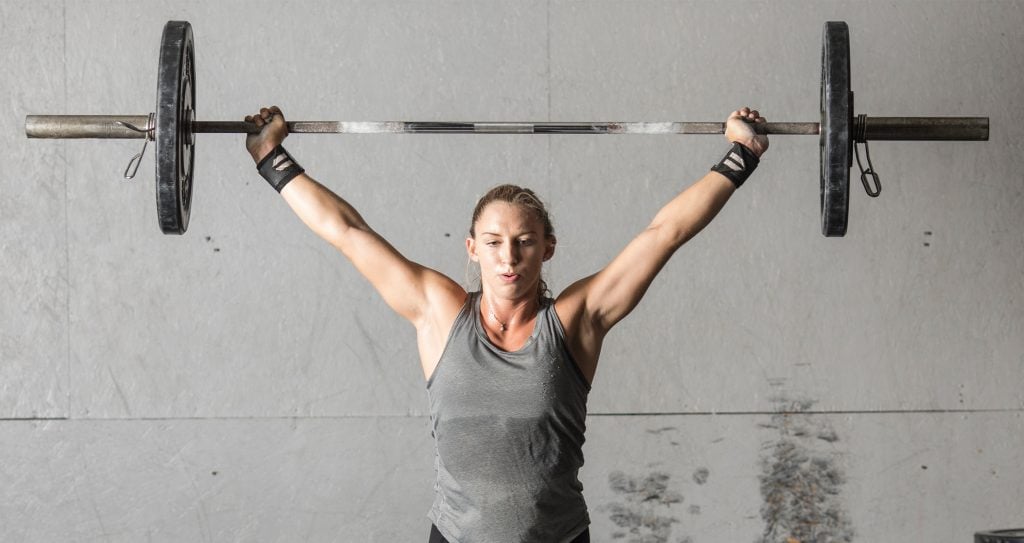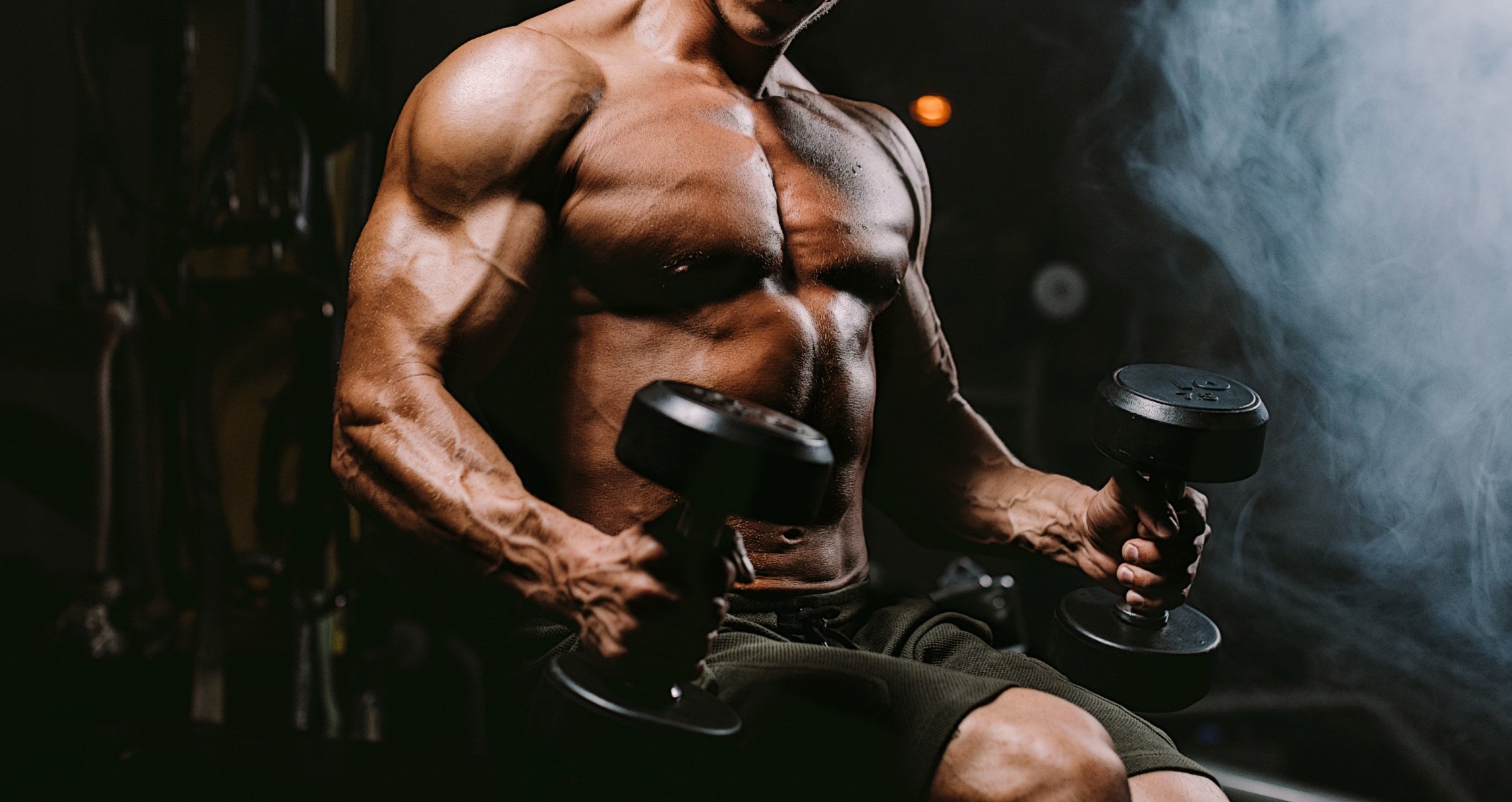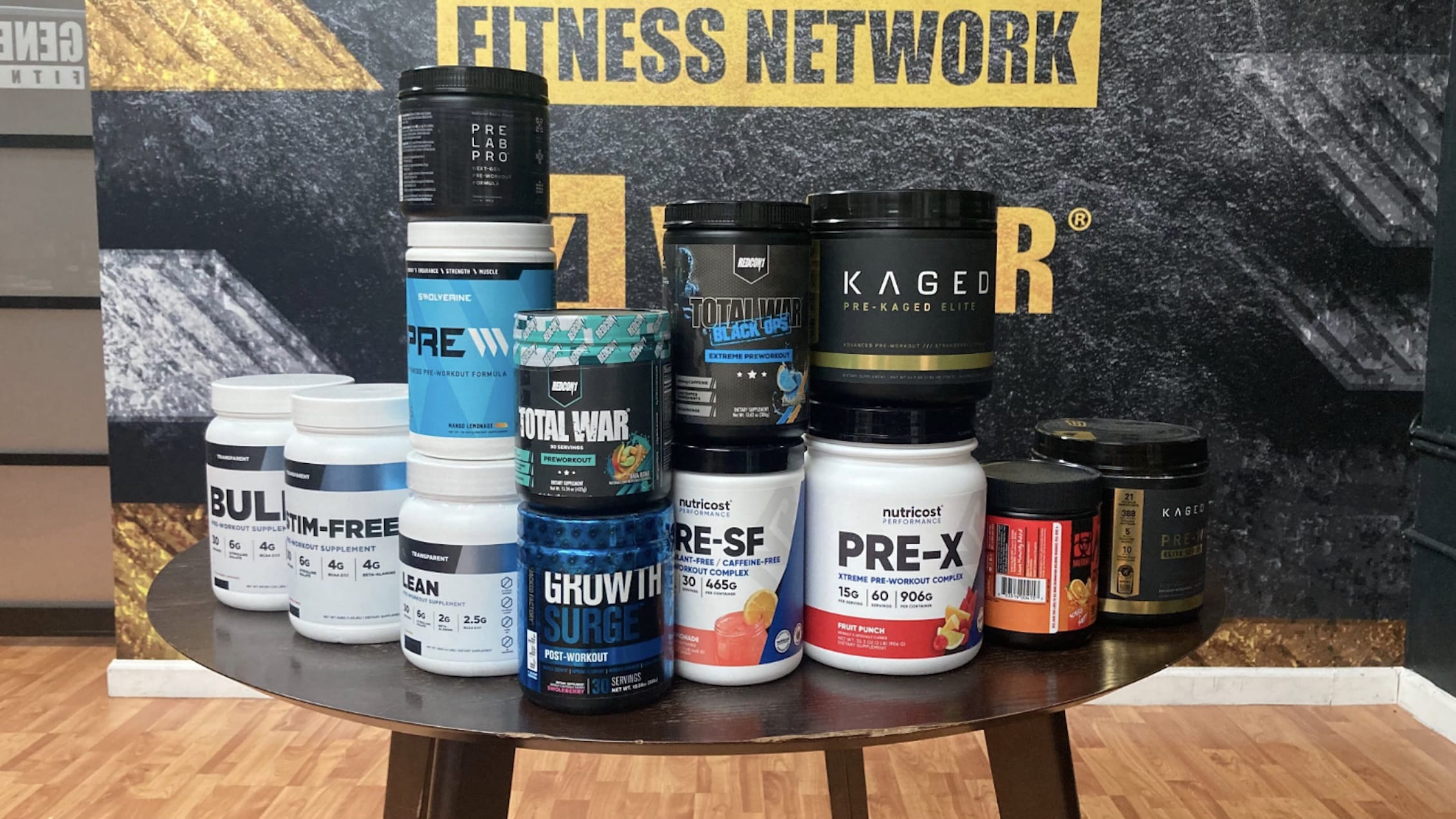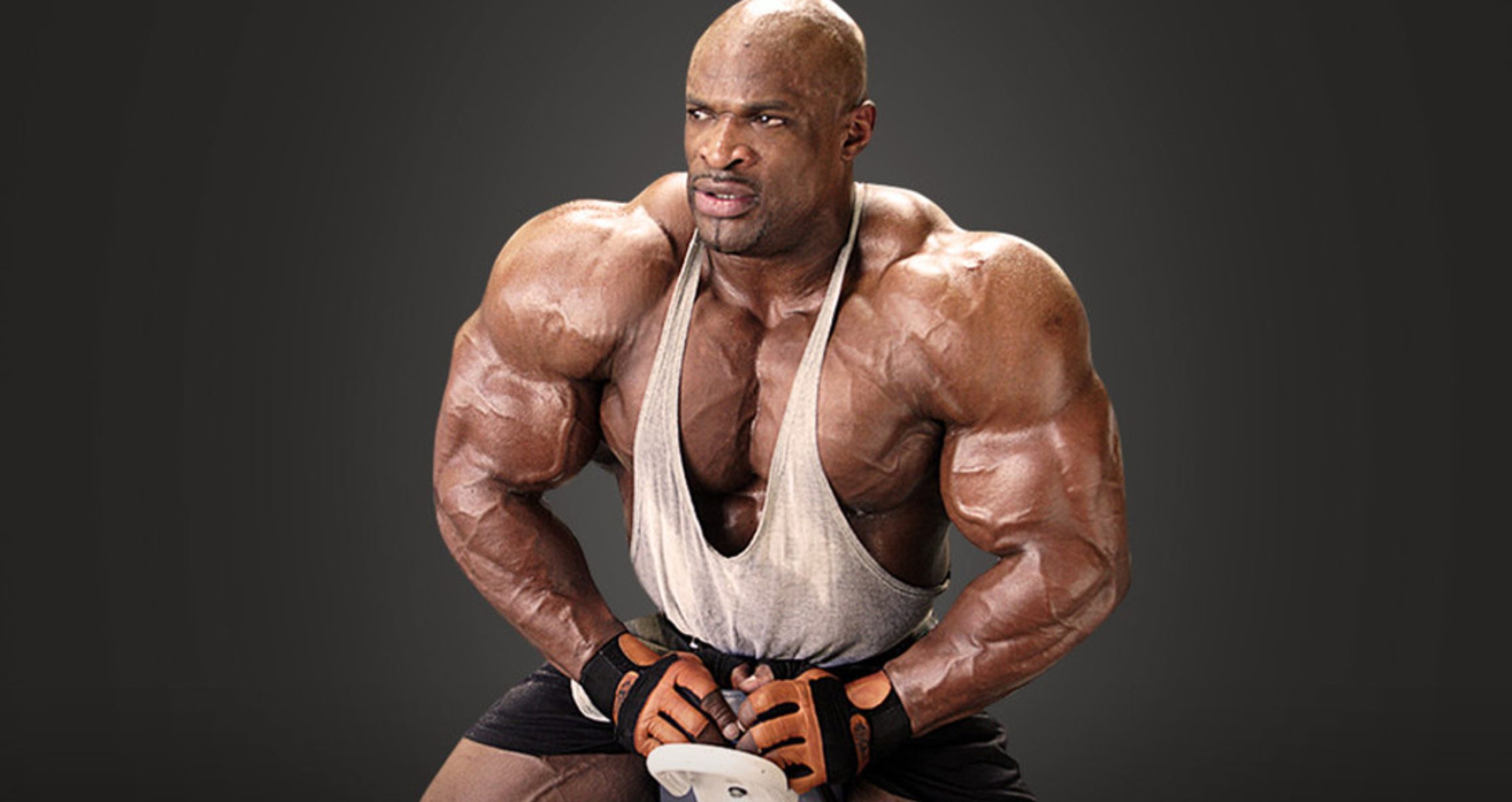Try this isometric movement for enhanced shoulder health, stability, and strength.
Overhead strength is vital in functional lifts such as overhead presses, snatches, clean and jerks, overhead squats, and other Olympic and strongman exercises. It’s also crucial for improving functional fitness, as you’d be surprised how often overhead strength comes into play during everyday tasks.
However, frequent overhead movements can strain your shoulders and joints if they are improperly developed. That’s where overhead carry comes in — it’s an excellent exercise to strengthen your shoulder joints, enhance stability, and make overhead movements more effective and efficient.
In this article, we’ll dive deeply into overhead carry. We’ll explore the key muscles it targets and the benefits it offers, as well as provide alternative exercises to build similar muscle groups.
Technique & Muscles Worked
The overhead carry is an effective isometric strengthening exercise that works your upper body muscles. This includes your shoulders, arms, core, and scapular stabilizing muscles, like the traps and rhomboids. This exercise also activates the lower body muscles for balance and stability.
Form is crucial when performing this exercise because you must keep your arms straight while maintaining a neutral back. Therefore, as a beginner, starting with light weights is better to get the right form for this routine. You can perform the overhead carry using free weights like kettlebells, barbells, and dumbbells.
The overhead carry is versatile and effective for training both sides because it can be done unilaterally. So, if you’re looking to address muscle or strength imbalances on each side of your body, this exercise is worth trying. However, remember to use weights you can control for maximum benefits and reduce the risk of injuries.
Below is a comprehensive step-by-step process for correctly carrying the overhead using a dumbbell.
- Grab a pair of dumbbells using a neutral grip and stand with your feet shoulder-width apart.
- Next, brace your core, press the dumbbells above your shoulders into an overhead position, and fully lock out your elbows.
- Keep your core tight and your back straight while your shoulders are completely down.
- With a full lockout, walk for some distance. Remember to keep your elbows fully locked out and your back straight. The goal is to keep your upper body as motionless as possible while you walk.
- When finished with your set, slowly lower the weights and rest.
Overhead Carry Benefits
The overhead carry offers advantages for athletes of all sports. You’ll gain something from doing this routine, whether you’re a bodybuilder, Olympic weightlifter, CrossFit athlete, or strongman. Below are some benefits of performing this exercise.
Increased Shoulder Stability & Mobility
Performing the overhead carry works your upper body muscles, especially your delts and the scapular stabilizers. This exercise places intense tension on your traps and rhomboids, which helps keep your shoulders in place and grow them. This study shows that a muscle’s time under tension is crucial for optimizing muscle growth (1).
Improved Overhead Stability
Lifting weights overhead can be very challenging if you lack stability. Training with overhead carry strengthens your shoulders and their stabilizers. This can improve your overhead movements, like carrying a heavy object or throwing. Since these are actions we do in everyday life, training with an overhead carry can improve your quality of life.
Strengthens the Core
Your core is essential for proper posture, balance, and stability. It activates to help maintain your exercise form during the overhead carry and strengthens over time. A stronger core also reduces your risk of injuries, especially when exercising.
Addresses Strength & Muscle Imbalances
When performing this exercise unilaterally, you can train each side of your body using a dumbbell or a kettlebell. Training each side of your body can address any muscle and strength imbalances. It also allows you to focus on each side of your body by increasing your mind-muscle connection, an essential factor for muscle strength and growth (2).
Improves Form for Other Exercises
You improve your upper body muscles, core, and lockout when you perform the overhead carry exercise. This improves your form for other advanced training routines like Olympic lifts, overhead presses, and clean and jerks.
Overhead Carry Alternatives
Alternatives are good because they allow you to vary your training and introduce new ways to attack similar muscle groups differently. Even experts advise mixing up your exercises to avoid hitting a training plateau. In line with that, here are some alternatives to the overhead carry that you can try.
Farmer’s Walk
The farmer’s walk is a resistance training exercise similar to the isometric walking in overhead carries. It mainly engages your forearms but involves your whole body to improve your cardio, strength, and muscle endurance.
Shoulder Press
Shoulder presses are effective shoulder-building exercises. If you want to build the strength, mobility, and stability of your shoulders, this is an exercise you can try. Depending on your preference, you can use any free weight and exercise in a seated or standing position.
Clean and Jerk
The clean and jerk is an Olympic weightlifting routine with two parts. The first part is the clean, which involves lifting the barbell from the floor to the shoulders. Then there’s the jerk, which involves explosively pressing the weight overhead. This exercise is excellent for building the shoulders and other upper body muscles. You can also work your lower body and core muscles with this exercise.
FAQs
What does the overhead carry work?
The overhead carry works your upper body muscles, including your shoulders, upper back, arms, and core. It also works your lower body muscles because it uses them for mobility, stability, and balance.
What are the benefits of overhead plate carry?
The overhead carry is similar to the overhead plate carry and offers increased shoulder stability and mobility. The article above outlines more benefits of this exercise.
How do you do the overhead carry exercise?
You only need a weight you can control in an overhead position and proper form to perform this movement. The guide above shares more details on the proper form for the overhead carry.
Follow Generation Iron on Instagram, Facebook, and Twitter for more exercise guides!
References
- Burd, N. A., Andrews, R. J., West, D. W., Little, J. P., Cochran, A. J., Hector, A. J., Cashaback, J. G., Gibala, M. J., Potvin, J. R., Baker, S. K., & Phillips, S. M. (2012). Muscle time under tension during resistance exercise stimulates differential muscle protein sub-fractional synthetic responses in men. The Journal of physiology, 590(2), 351–362. https://doi.org/10.1113/jphysiol.2011.221200
- Calatayud, J., Vinstrup, J., Jakobsen, M. D., Sundstrup, E., Brandt, M., Jay, K., Colado, J. C., & Andersen, L. L. (2016). Importance of mind-muscle connection during progressive resistance training. European journal of applied physiology, 116(3), 527–533. https://doi.org/10.1007/s00421-015-3305-7








